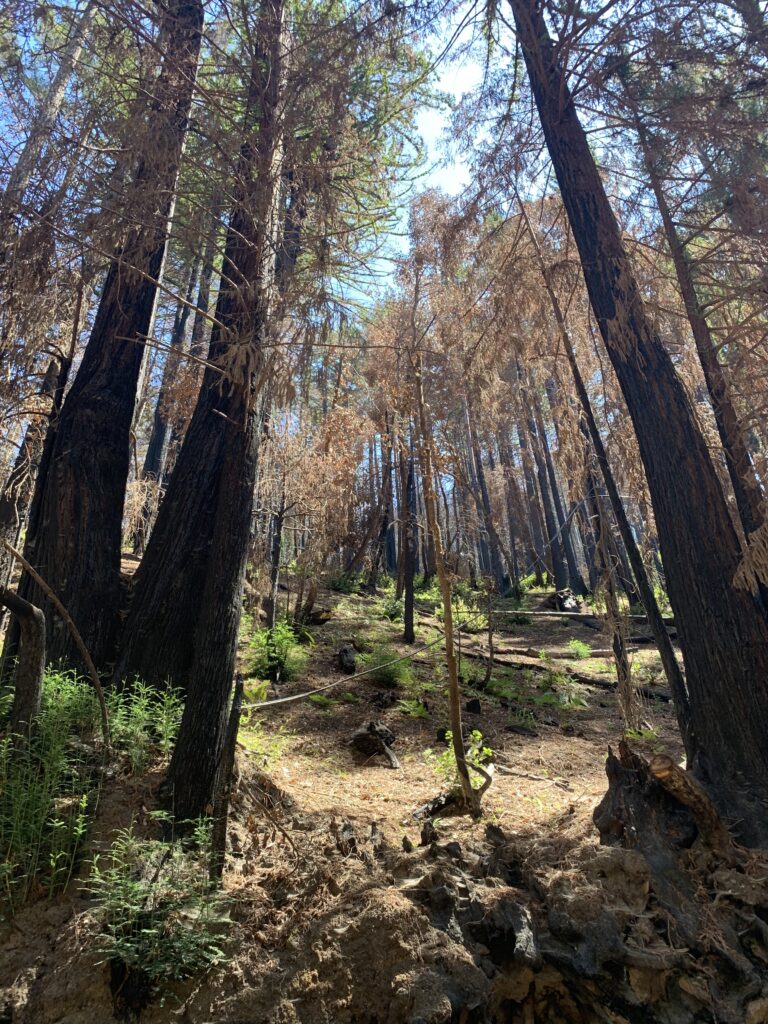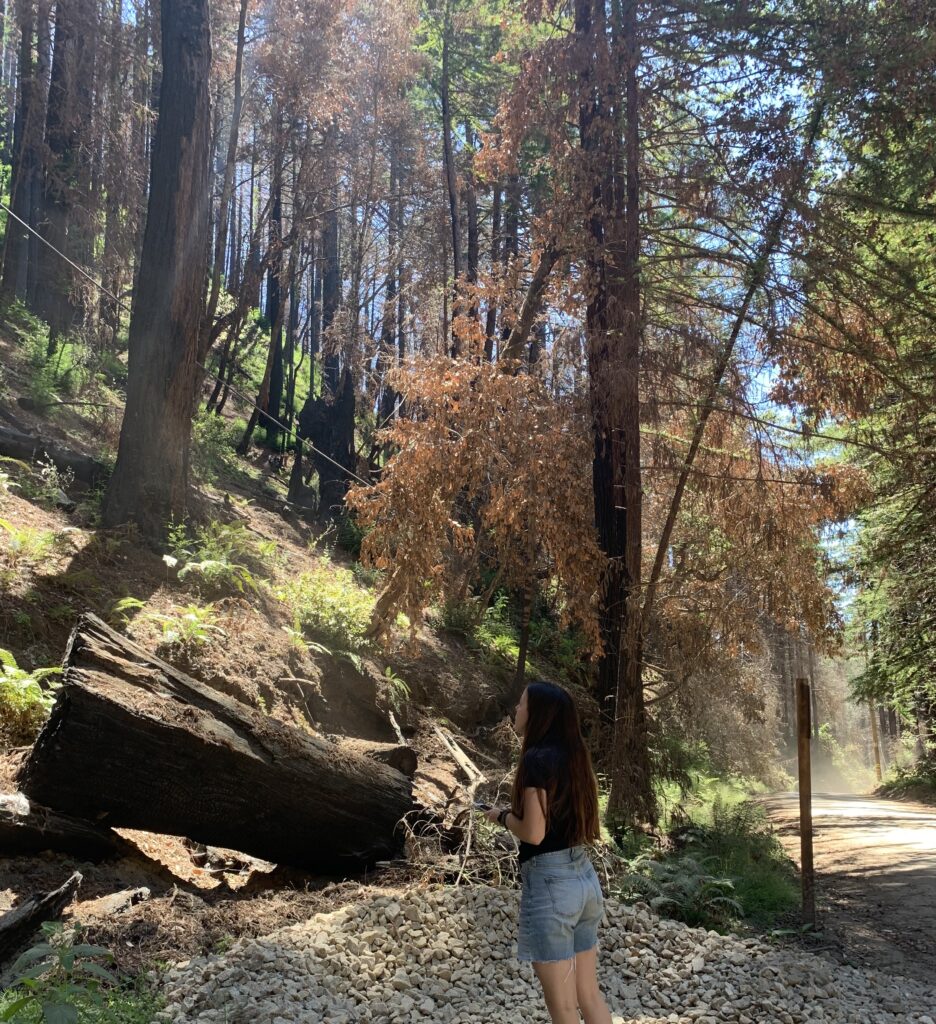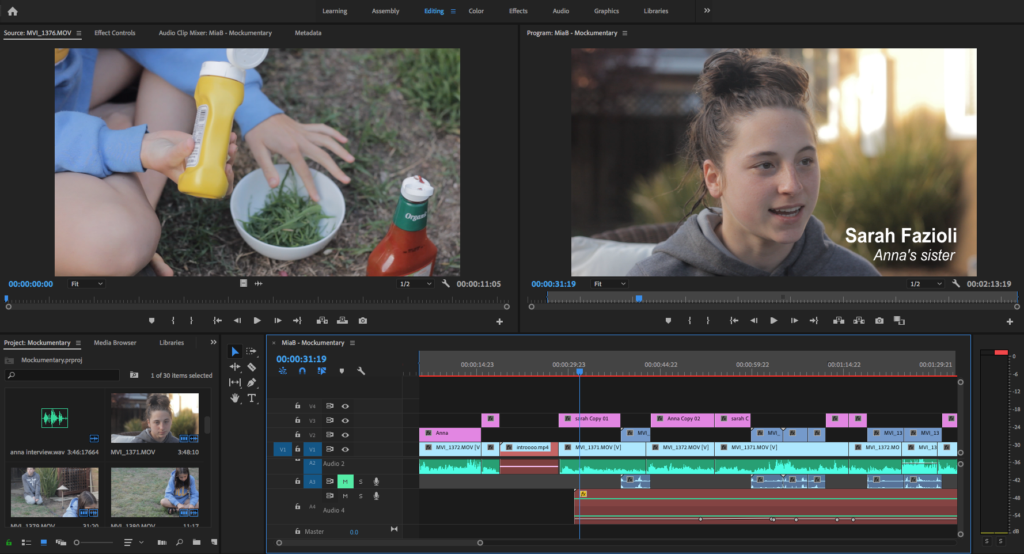Introduction

The documentary unit is a culmination of everything we have learned at Freestyle in a single project. We were asked to answer the question, “how do you creatively and truthfully portray a significant person, group, person, place, idea, or issue in the community?” The project includes conducting interviews and gathering secondary sources to write a profile about our subject’s significance in the community.
I was so excited about the documentary project because I have always been interested in journalism and non-fiction writing! My vision for this project was to highlight how important Skylark Ranch was to the community and explore the effects of the CZU Lightning Complex Fire on Girl Scouts. Skylark Ranch has made me the person I am today and I wanted to share its story with the world.

This project taught me about the reporting process including scheduling interviews and taking initiative in reaching out to important sources. The high amount of community involvement in this project put pressure on me from people outside of the Freestyle community for the first time, which pushed me to make this my final product the best film I could make. Additionally working on this project taught me about how to organize an abstract love for Skylark, the story of the fire, and the camp’s recovery into a 3 paragraph essay format that would give my film a natural progression.
The most rewarding part of my documentary project experience was being able to give back to the Girl Scouts of Northern California community. After completing my film, I gave it to the Girl Scouts of Northern California counsel to be used as teaching material for future Girl Scouts programming about wildfire recovery. It is an amazing feeling to know that my film will be used for years to come to help teach young girls in the Bay Area about the CZU Lightning Complex fires and forest recovery.
Film
I started by reaching out to my interviewees and writing about 15-20 interview questions for each of them. I then met with each interviewee in an outdoor location because of Covid-19, set up my camera and audio recorders, and conducted the interviews. I loved hearing stories from each of them about their experience at Skylark and what they went through when they found out about the fire damage. I was able to work on asking follow up questions based on the answers they gave me, and I was very happy with the content I received for my film!
Examples of my interview questions and transcripts:
After I conducted all my interviews, I had to gather b-roll. Because of the nature of my subject, this was the most difficult part of the project. I could not go back in time to get footage of Skylark Ranch before the fire, and because of potential dangers I was not allowed to visit Skylark in it’s current state. To work around this, I used footage filmed by me from my previous years at camp, mixed with footage from other Skylark counselors that was sent to me or posted on Youtube. Additionally, I was able to drive a little bit up the camp road (not all the way to camp) and I captured footage of the burn damage there.
Finally, it was time to edit my documentary. This was a tremendous task that was only made more difficult by going back to in person school. I had to switch between editing on the Freestyle computers and my home computer, and keeping track of every single file proved to be a very hard task. Most of the editing process was spent going through my interviews, cutting up important sound bites, and rearranging them based on the essay structure of my film. I had so many good quotes from my interviewees that had to be let go because the rough cut of my film was 16 minutes long! However I am very proud of how the final product turned out and I am grateful for this opportunity to share about my second home.
English
For the documentary unit in English, we were tasked to write a profile about the subject of our documentary using at least one interview and one secondary source. One of the hardest parts of writing my profile was fitting all of the ideas and content I had gathered from my interviews into an organized five pages or less. Because I had done four interviews for my film project, I had much more content than my peers and I had to go through and prioritize what was important to my profile. Writing this profile came very easily to me, and I think my passion for the subject comes through in my writing.
Digital Media
In Digital Media, we were tasked with transferring our profile from English class to a magazine format that was engaging and informative using Adobe InDesign. Creating a six page spread that had a variety of headings, pull-quotes, images, and other elements was an amazing learning experience. I learned how to create pull quotes that go in the middle of paragraphs without going over text, create two columns of text on each page, and how to add effects like drop shadows to my images.
Mockumentary
You made it to the bottom of this page! Here’s some extra fun work I did during the documentary unit. The first project we did for the documentary unit in Film class was the mockumentary project. This project tasked us with making a short, satirical documentary in order to practice using our microphones and camera setups for talking head interviews. Afterwards, we watched the documentaries as a class and critiqued the composition of our shots. This exercise was really helpful for me to to learn how to get crisp audio, sync audio and video, and figure out how to conduct a good talking head interview before doing the real thing. It was also fun to get creative with the jokes in the mockumentary!


